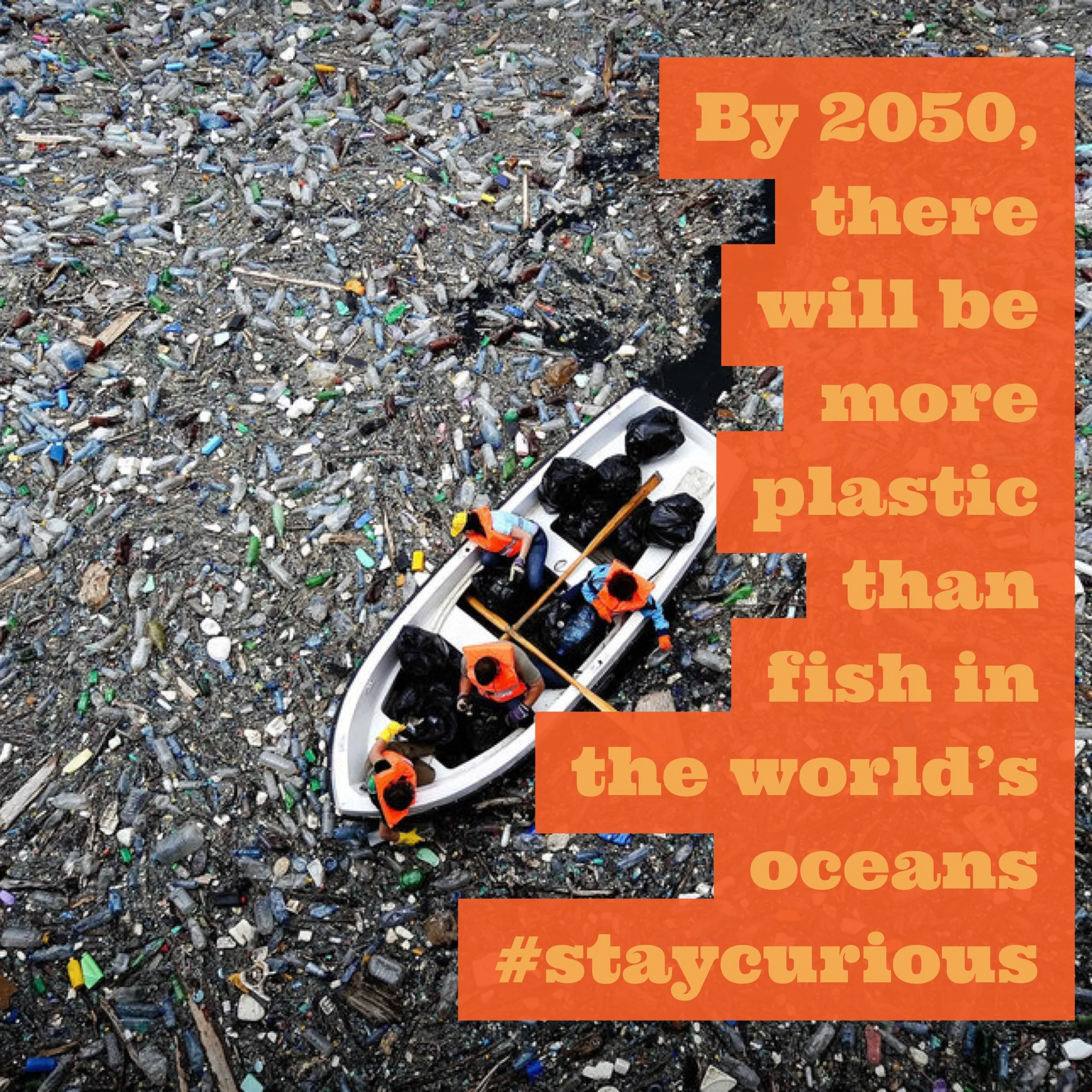By 2050, there will be more plastic than fish in the world’s oceans

A September 2008 photo released by the Ocean Conservancy on March 10, 2009, shows a trash-covered beach in Manilla, Philippines. (Tamara Thoreson Pierce/Ocean Conservancy/AP)
There is a lot of plastic in the world’s oceans.
It coagulates into great floating “garbage patches” that cover large swaths of the Pacific. It washes up on urban beaches and remote islands, tossed about in the waves and transported across incredible distances before arriving, unwanted, back on land. It has wound up in the stomachs of more than half the world’s sea turtles and nearly all of its marine birds, studies say. And if it was bagged up and arranged across all of the world’s shorelines, we could build a veritable plastic barricade between ourselves and the sea.
But that quantity pales in comparison with the amount that the World Economic Forum expects will be floating into the oceans by the middle of the century.
If we keep producing (and failing to properly dispose of) plastics at predicted rates, plastics in the ocean will outweigh fish pound for pound in 2050, the nonprofit foundation said in a report Tuesday.
According to the report, worldwide use of plastic has increased 20-fold in the past 50 years, and it is expected to double again in the next 20 years. By 2050, we’ll be making more than three times as much plastic stuff as we did in 2014.
[Nearly all of the world’s seabirds have eaten plastic, study estimates]
Meanwhile, humans do a terrible job of making sure those products are reused or otherwise disposed of: About a third of all plastics produced escape collection systems, only to wind up floating in the sea or the stomach of some unsuspecting bird. That amounts to about 8 million metric tons a year — or, as Jenna Jambeck of the University of Georgia put it to The Washington Post in February, “Five bags filled with plastic for every foot of coastline in the world.”
The report came a day before the start of the glitzy annual meeting arranged by the World Economic Forum to discuss the global economy. This year’s meeting in Davos, Switzerland, is centered on what the WEF terms “the fourth industrial revolution” — the boom in high-tech areas like robotics and biotechnology — and its effect on the widening gulf between the wealthy and the world’s poor.
But the plastic situation — fairly low-tech and more than a century old at this point — is a reminder that we still haven’t quite gotten the better of some of the problems left over from the first few “industrial revolutions.”
[‘Microbeads’ soon will be banned from toothpaste and soaps]
According to the report, more than 70 percent of the plastic we produce is either put in a landfill or lost to the world’s waterways and other infrastructure. Plastic production accounts for 6 percent of global oil consumption (a number that will hit 20 percent in 2050) and 1 percent of the global carbon budget (the maximum amount of emissions the world can produce to prevent global temperatures from rising more than 2 degrees Celsius). In 2050, the report says, we’ll be spending 15 percent of our carbon budget on soda bottles, plastic grocery bags and the like.
Once it gets washed into waterways, the damage caused by plastics’ presence costs about $13 billion annually in losses for the tourism, shipping and fishing industries. It disrupts marine ecosystems and threatens food security for people who depend on subsistence fishing.
Besides which, all that plastic in the water isn’t too great for the animals trying to live there.
The data in the report comes from interviews with more than 180 experts and analysis of some 200 studies on “the plastic economy.”
@Curionic
#staycurious






